Description
Yellow chamomile (Anthemis tinctoria) Yellow chamomile, (E)
Family: Compositae
Paint: bright yellow-olive green
From southern Europe, various types of chamomile, including yellow chamomile, have found their way into all countries of Europe over the centuries.
The yellow flower heads are used to extract quercetin. With this ingredient you get bright yellow to olive green colors.
Yellow chamomile is also called paint chamomile, which you can see from the suffix tinctoria which means 'used as a dye'.
You can also grow the plants yourself in a sunny, dry and stony spot. When they are in full bloom in the summer, you can harvest them and let them dry.
The yellow chamomile…
- … is a strong butterfly attractor
- … smells less strong than regular chamomile
- ... is also called a plant doctor because he seems to make all the plants in his environment better
- … is a hardy plant
- … is related to the wild chamomile (Matricaria recutita), with which you can also dye
This is one of the natural dye products described in the book Eco-dye by Anja Schrik.


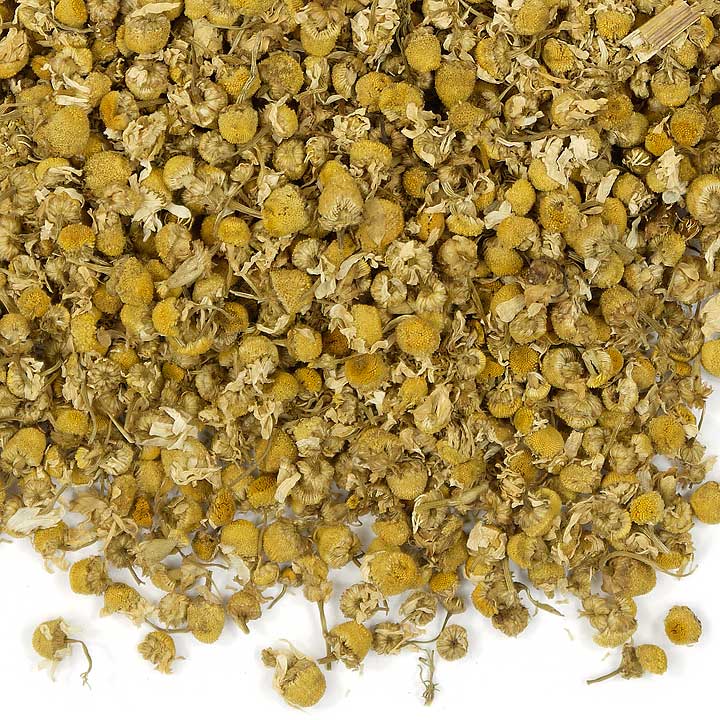
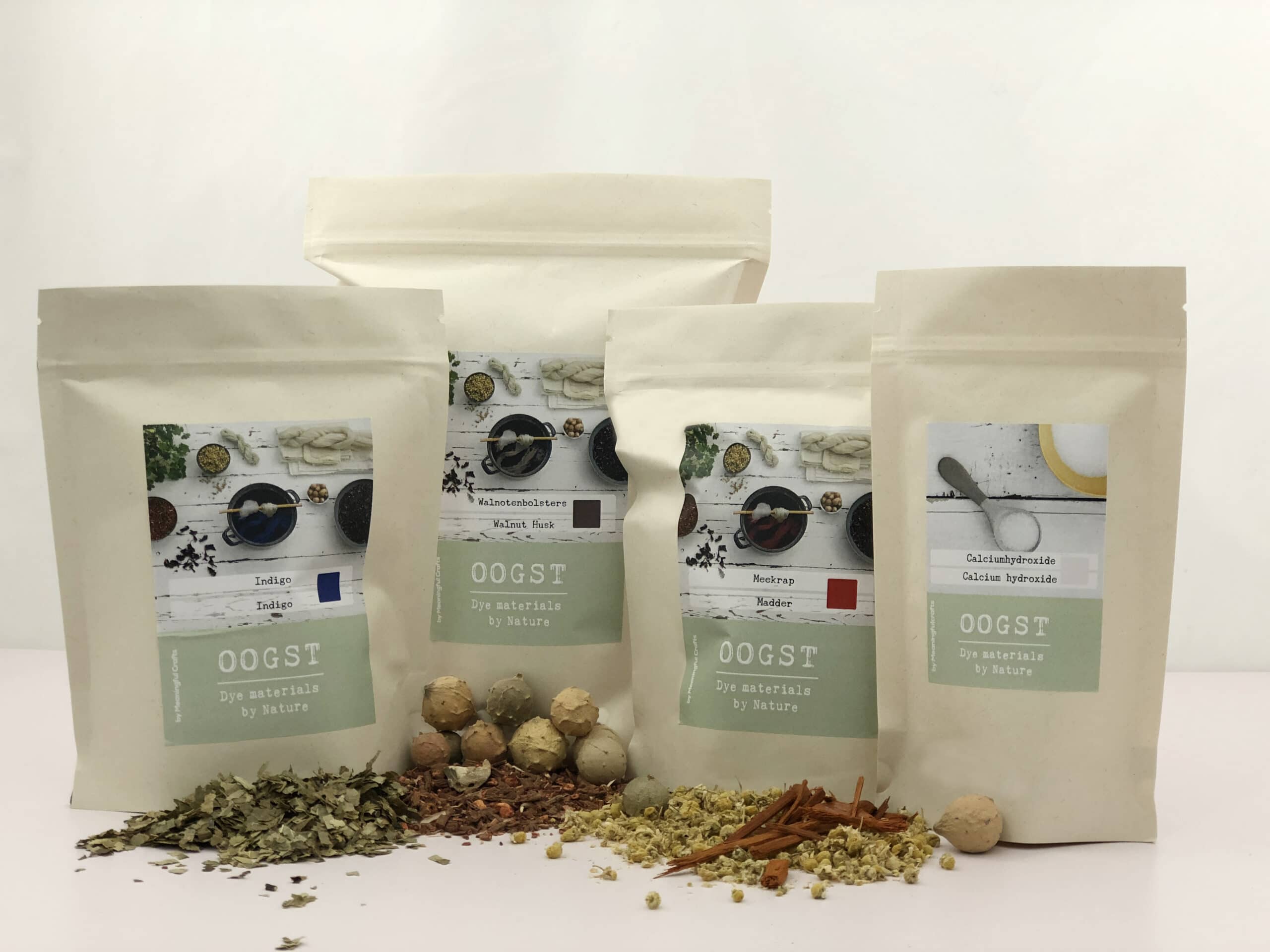
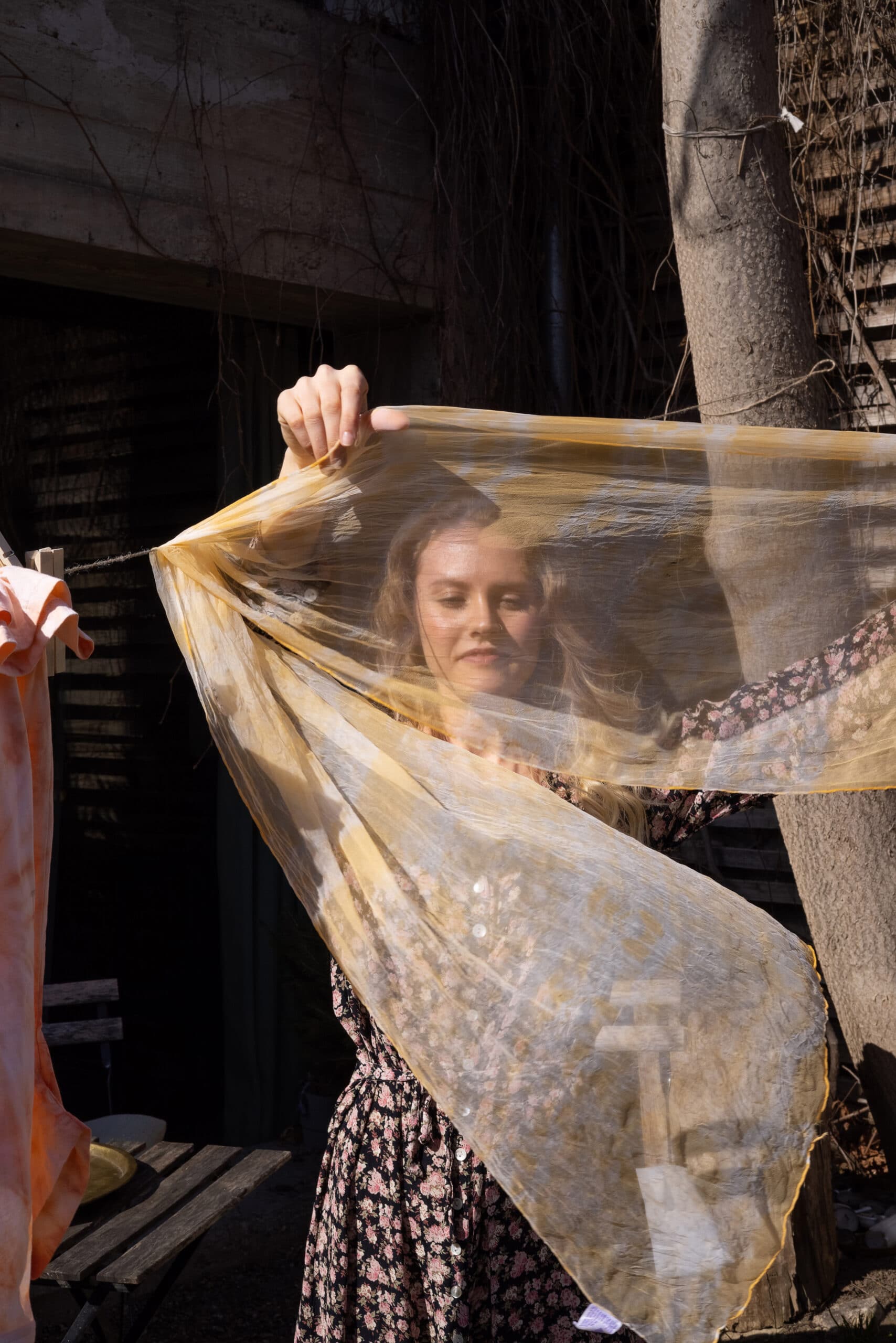
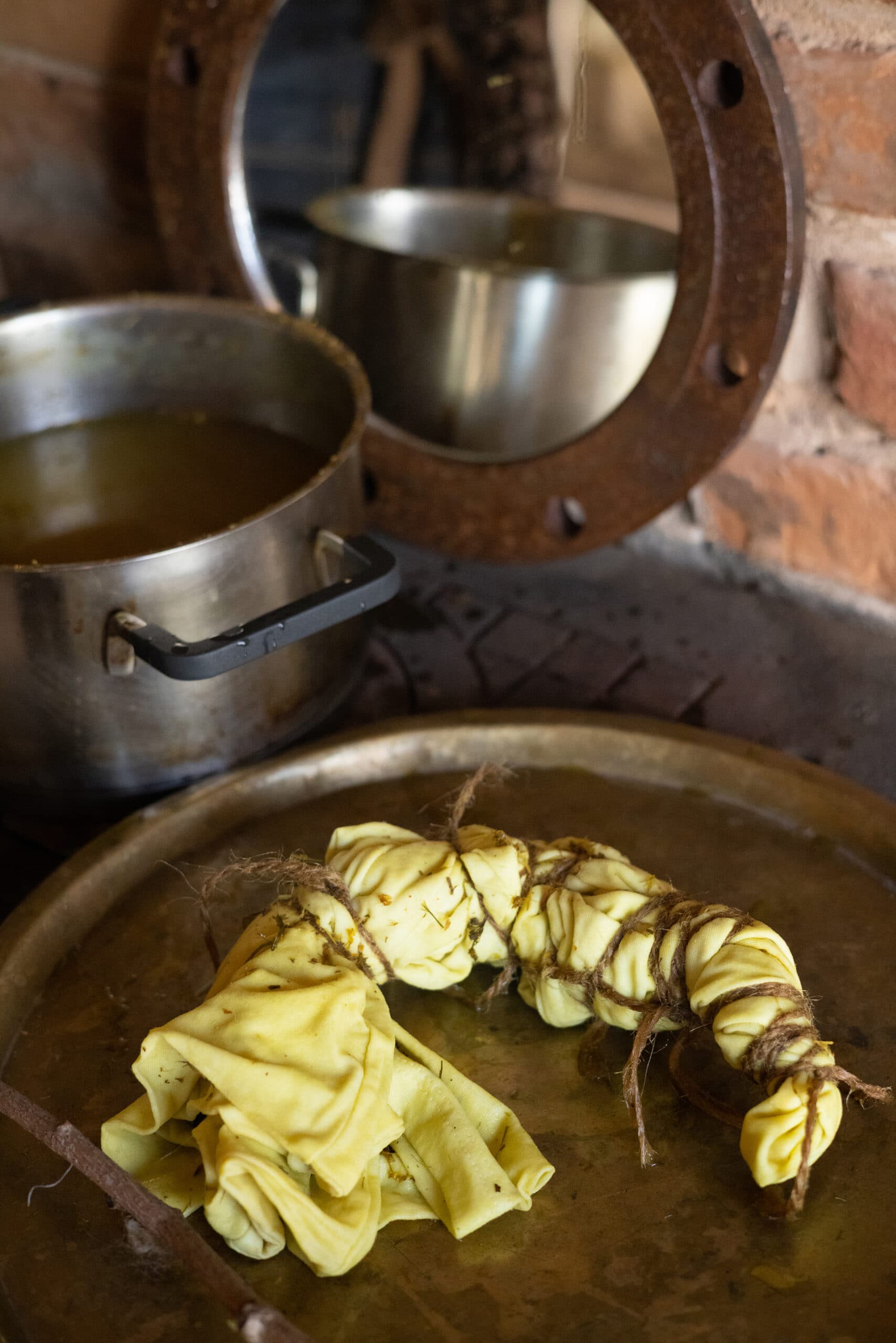
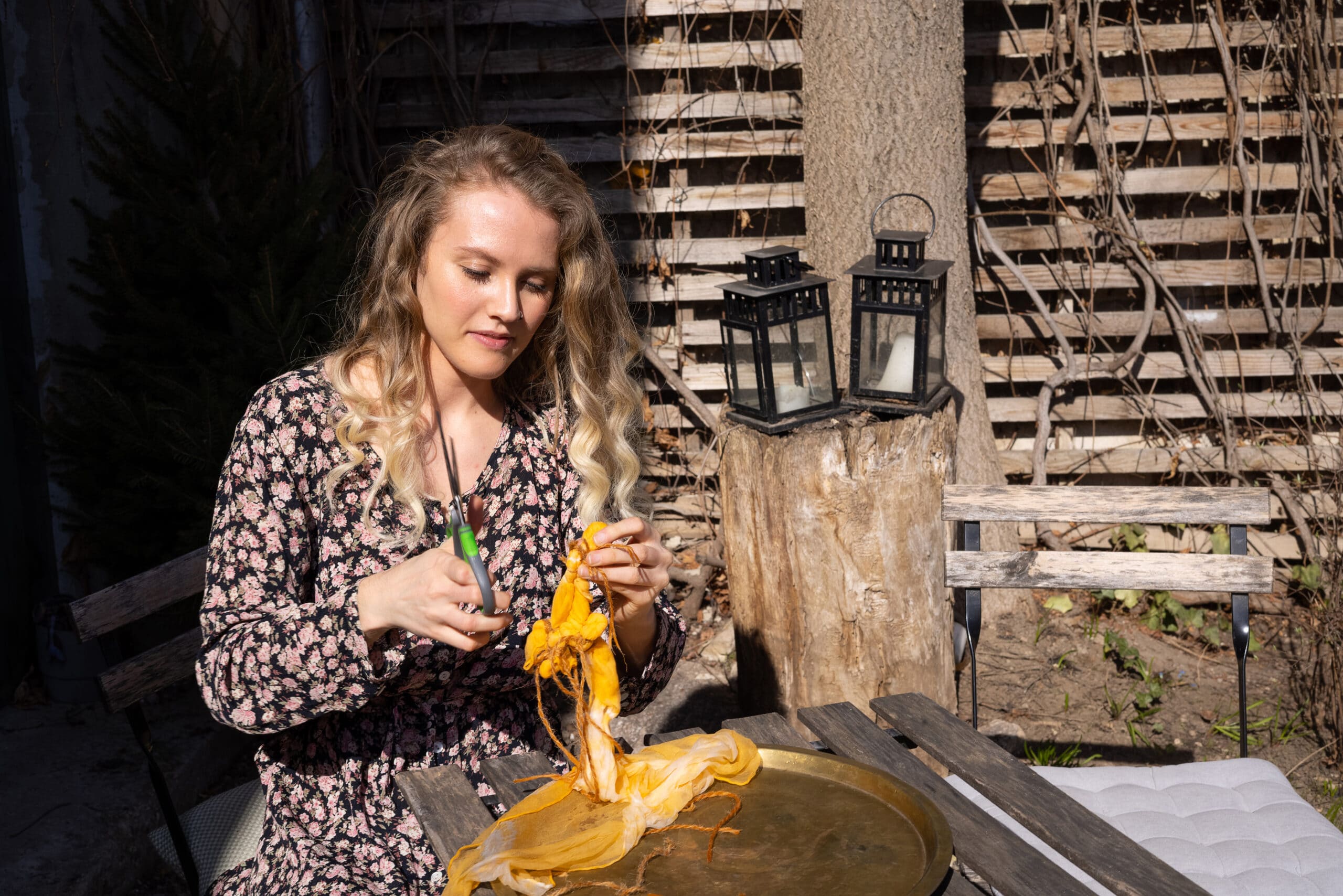
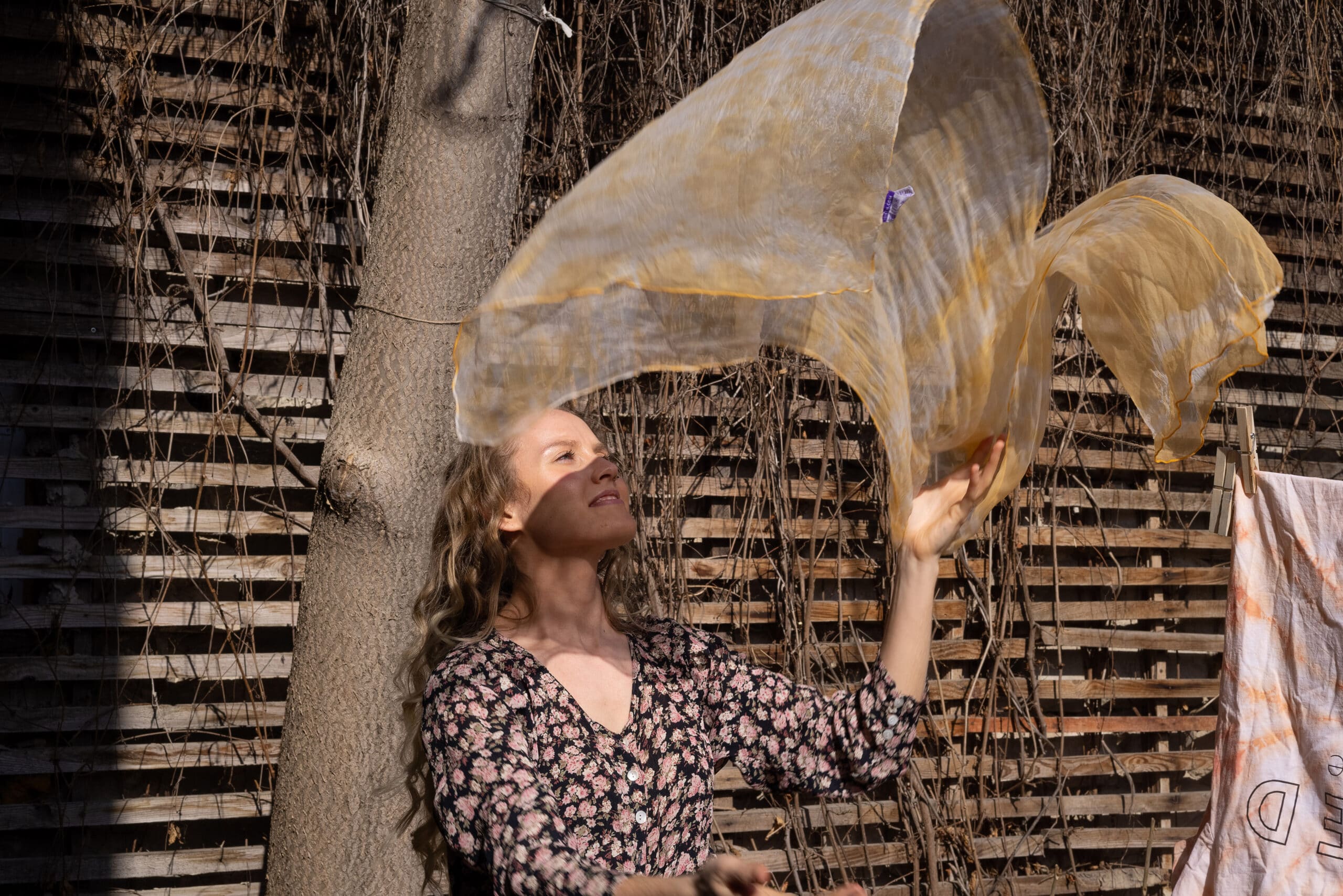

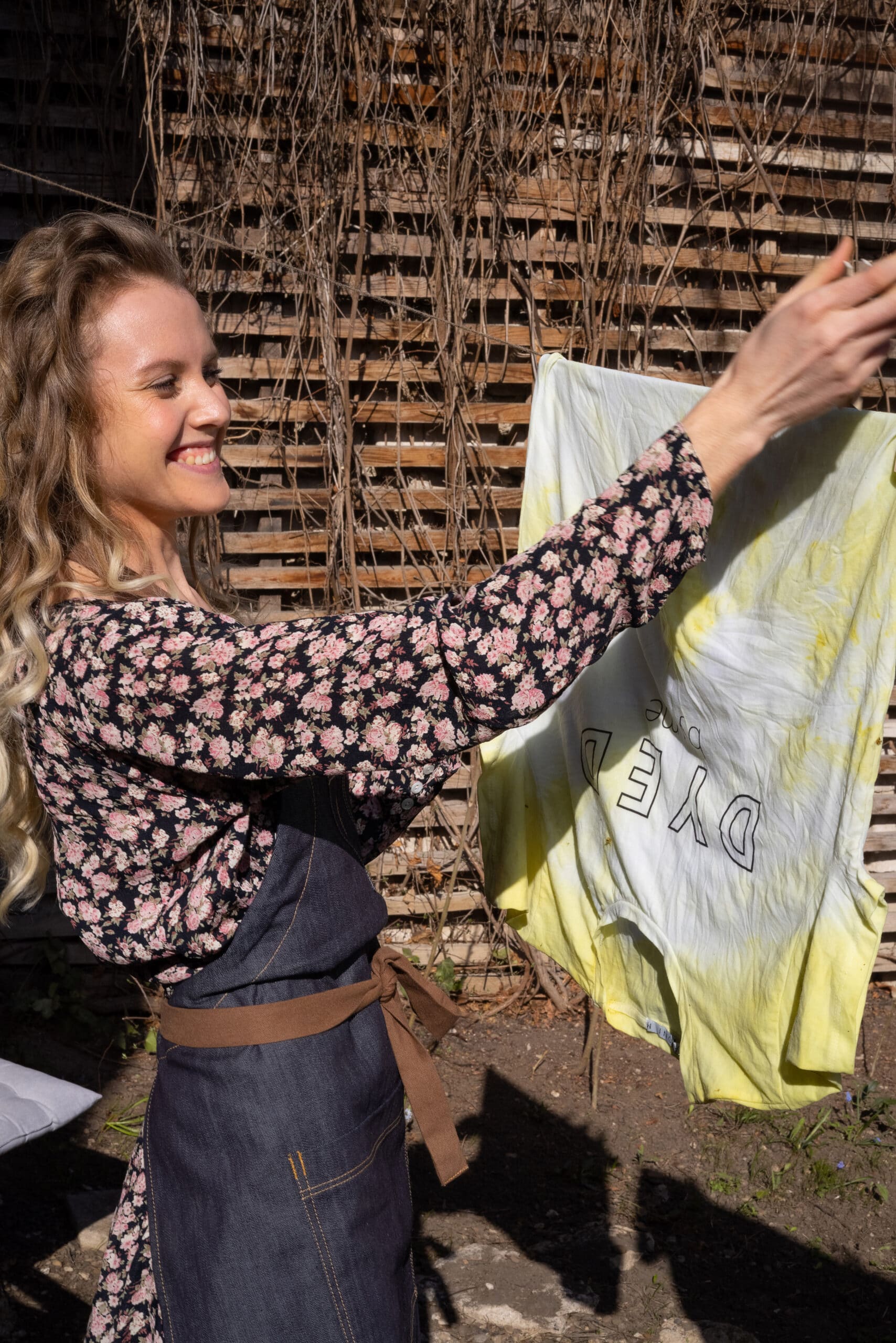
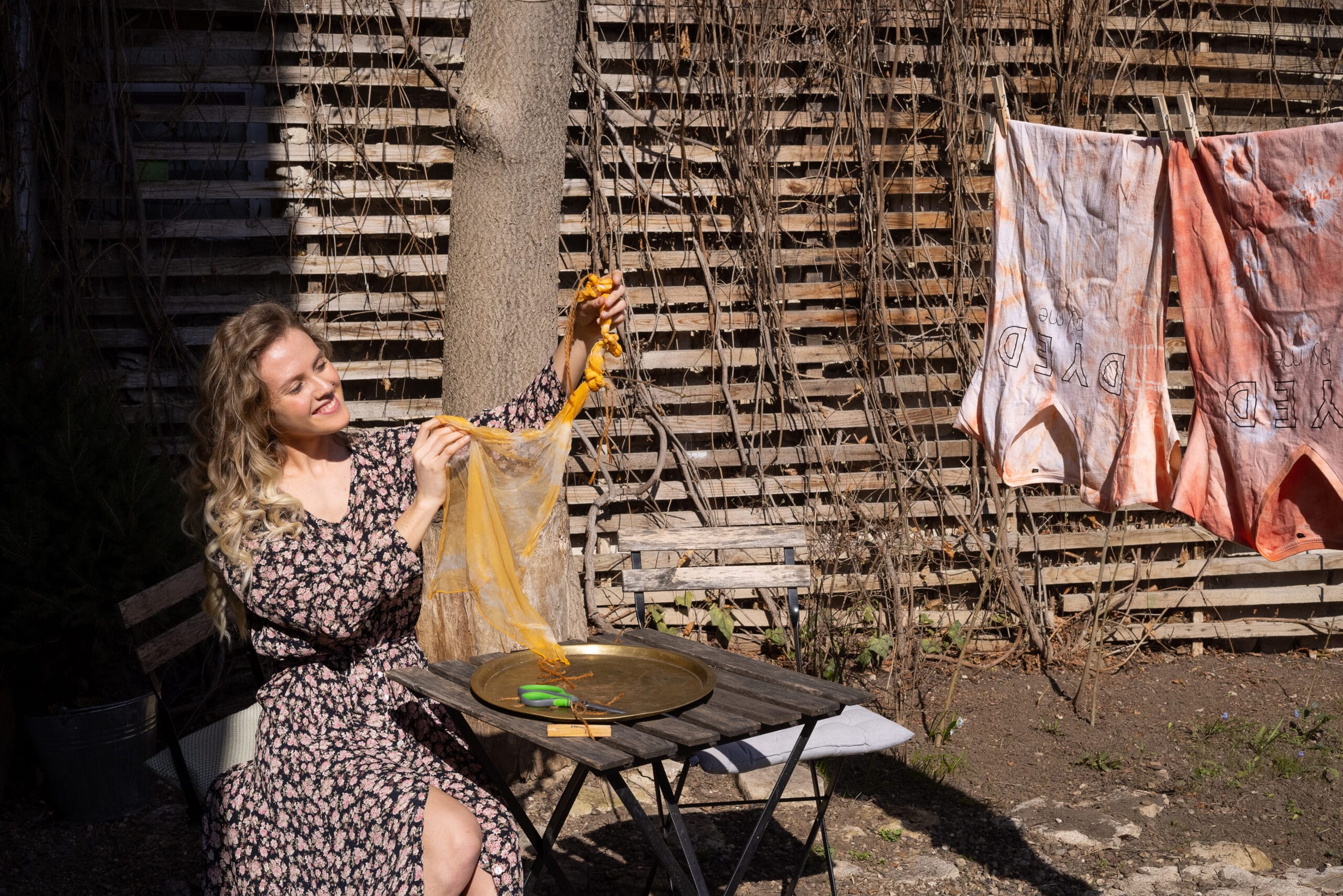

Reviews
There are no reviews yet.